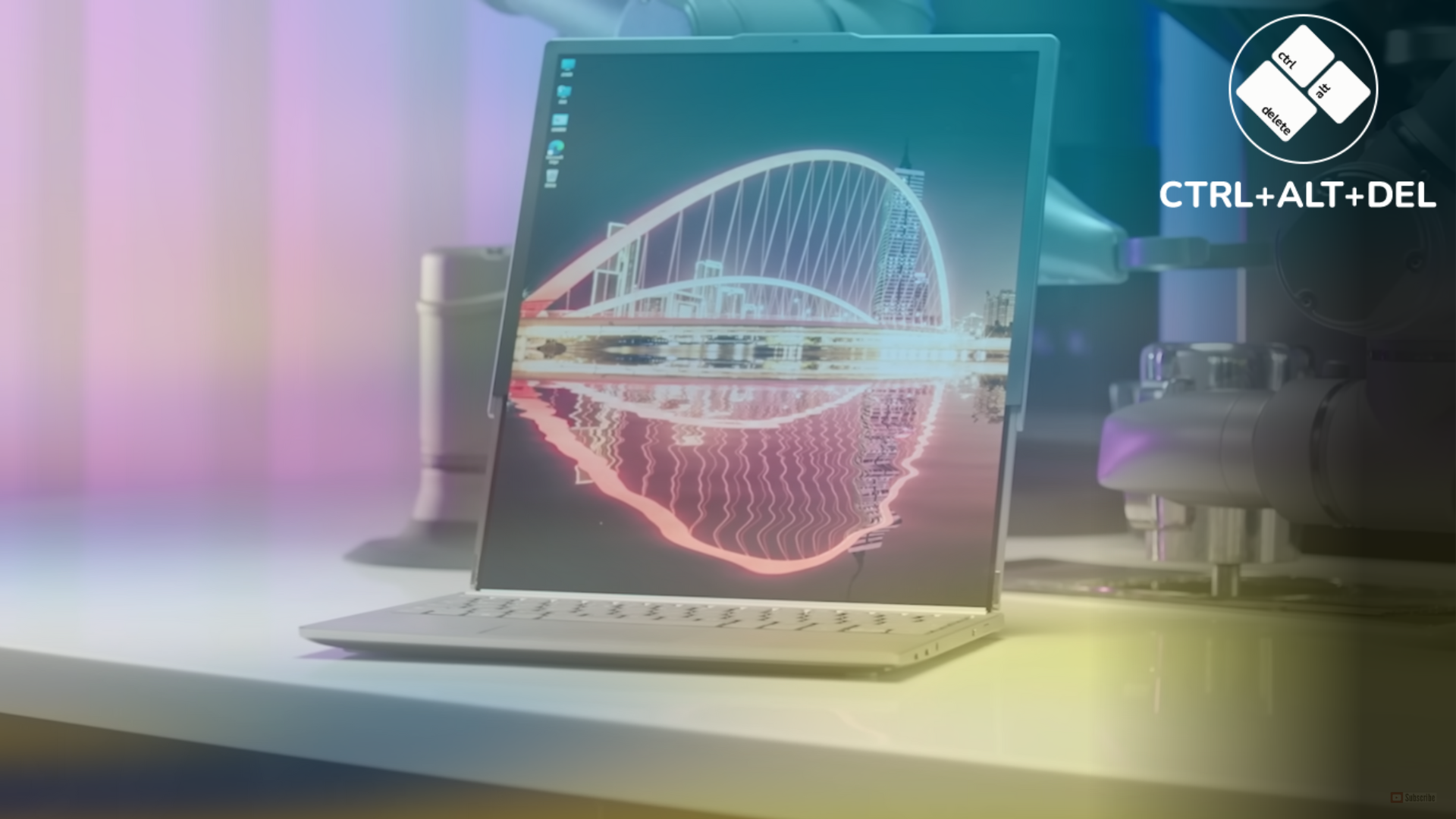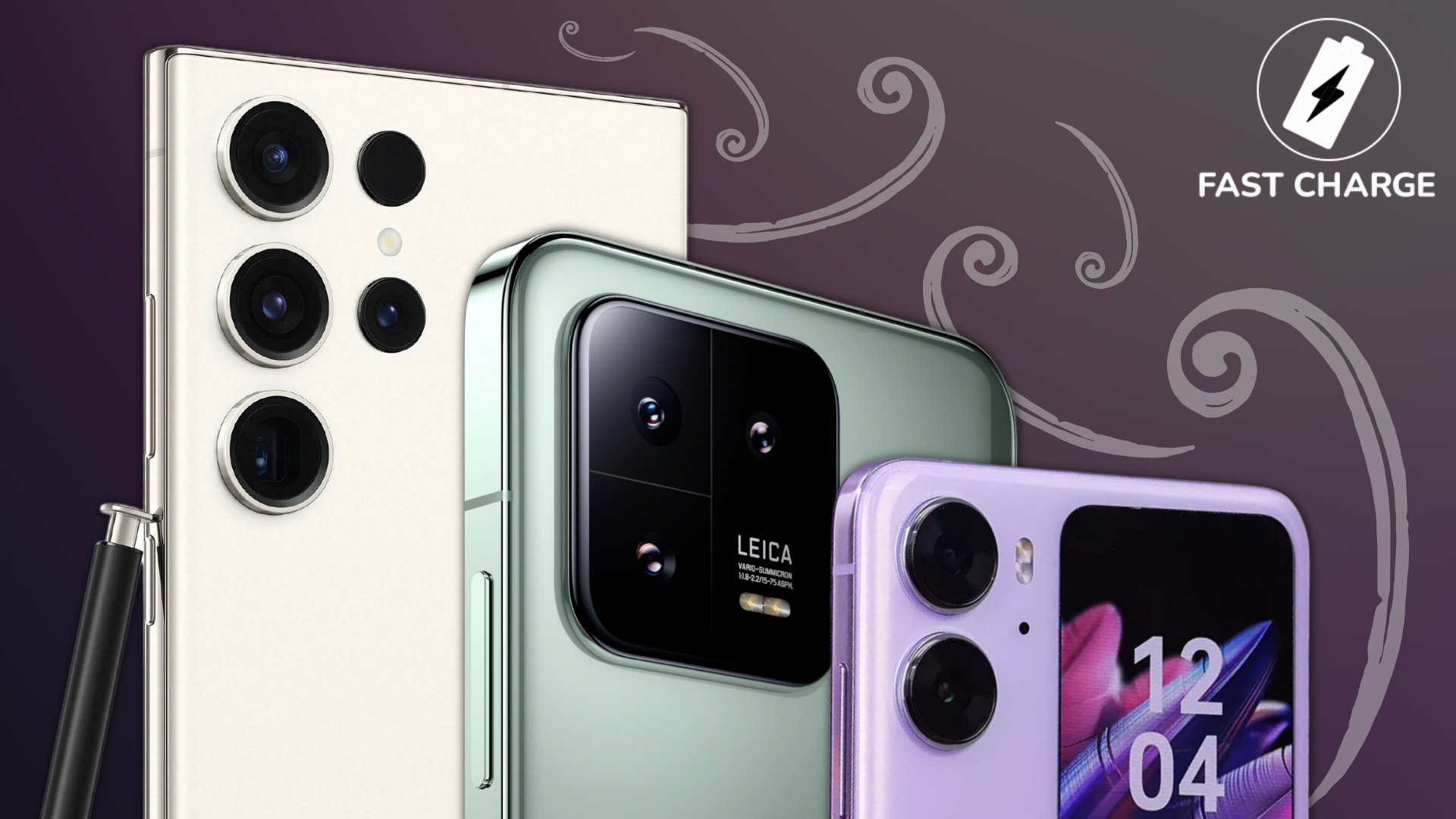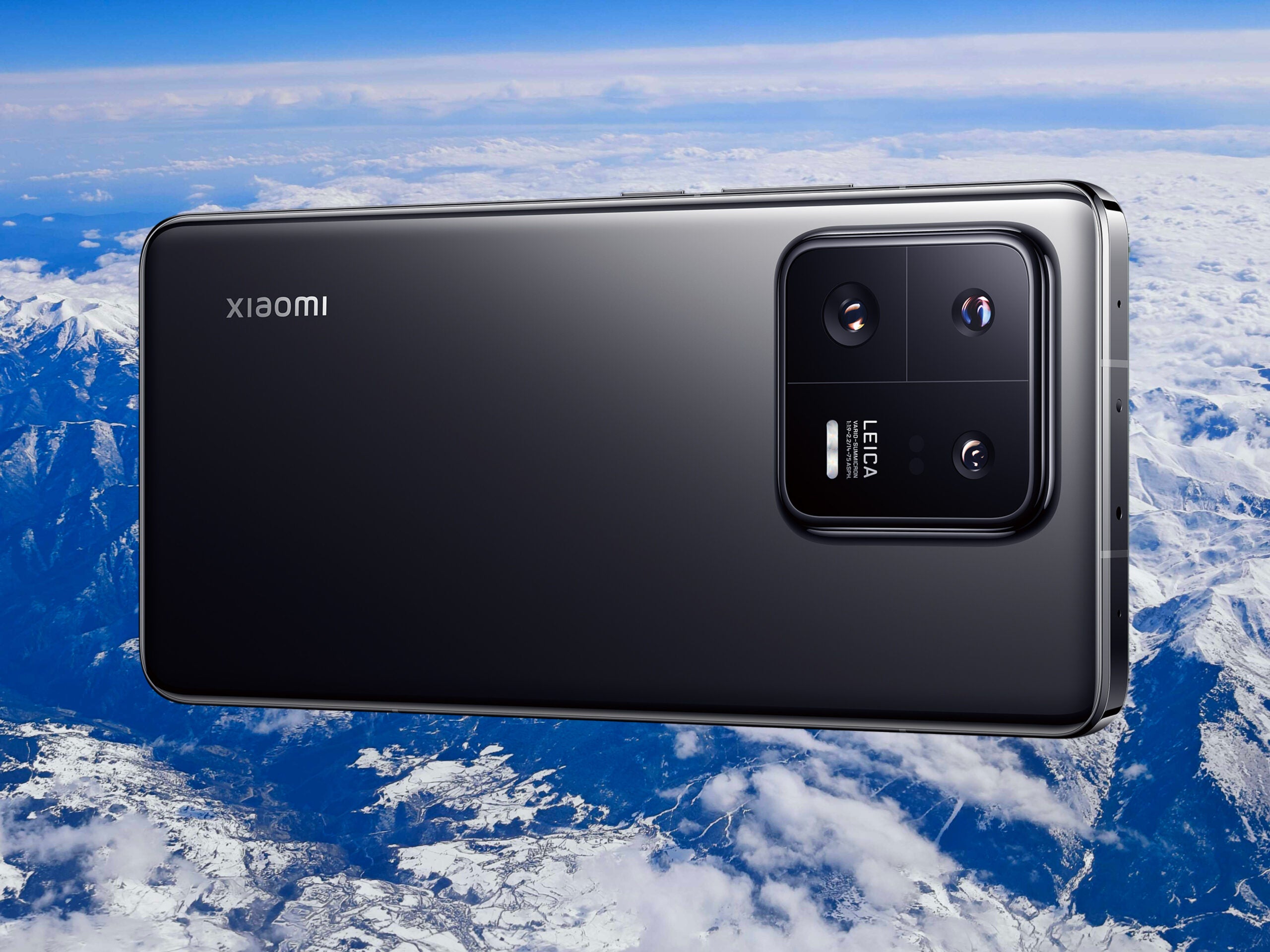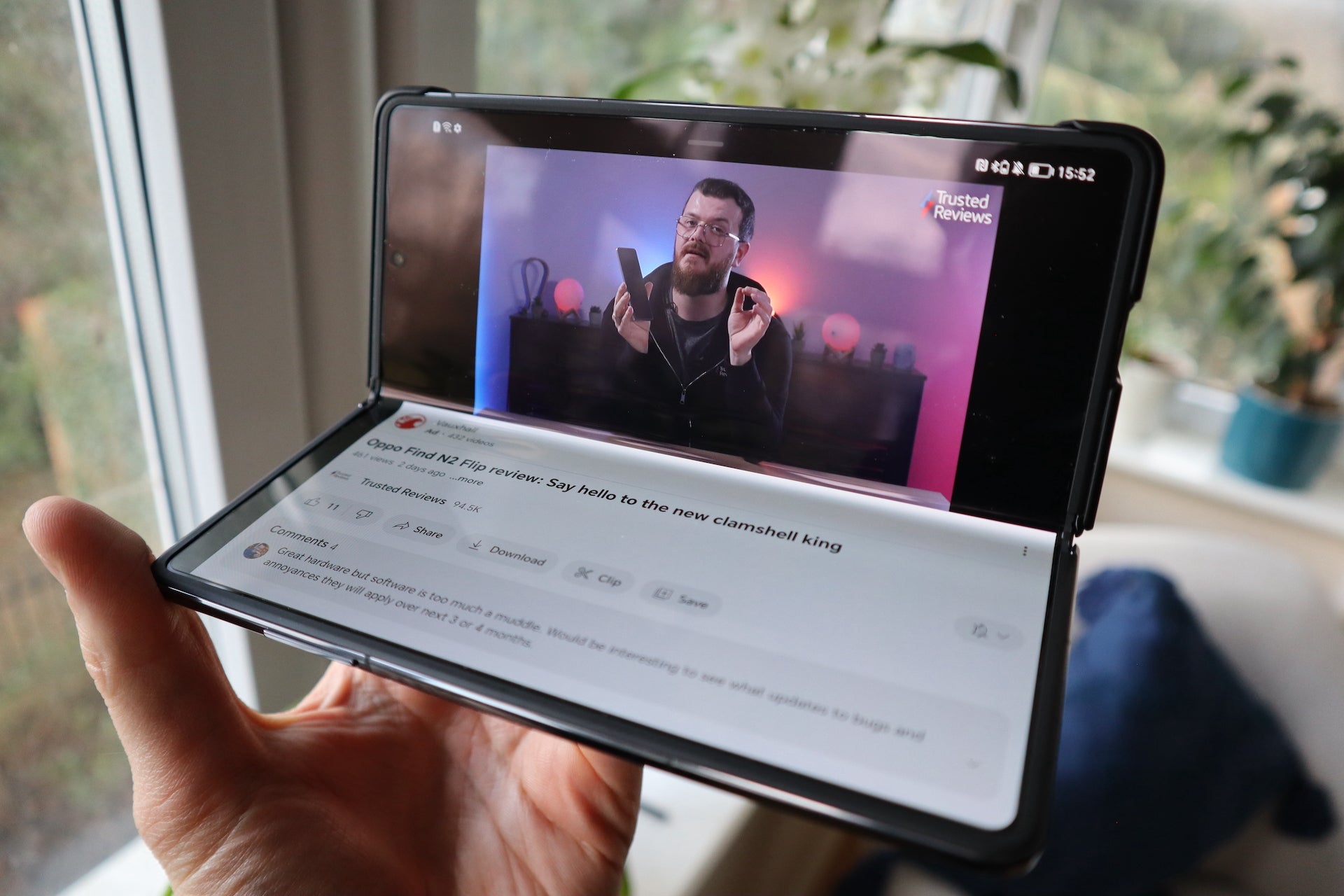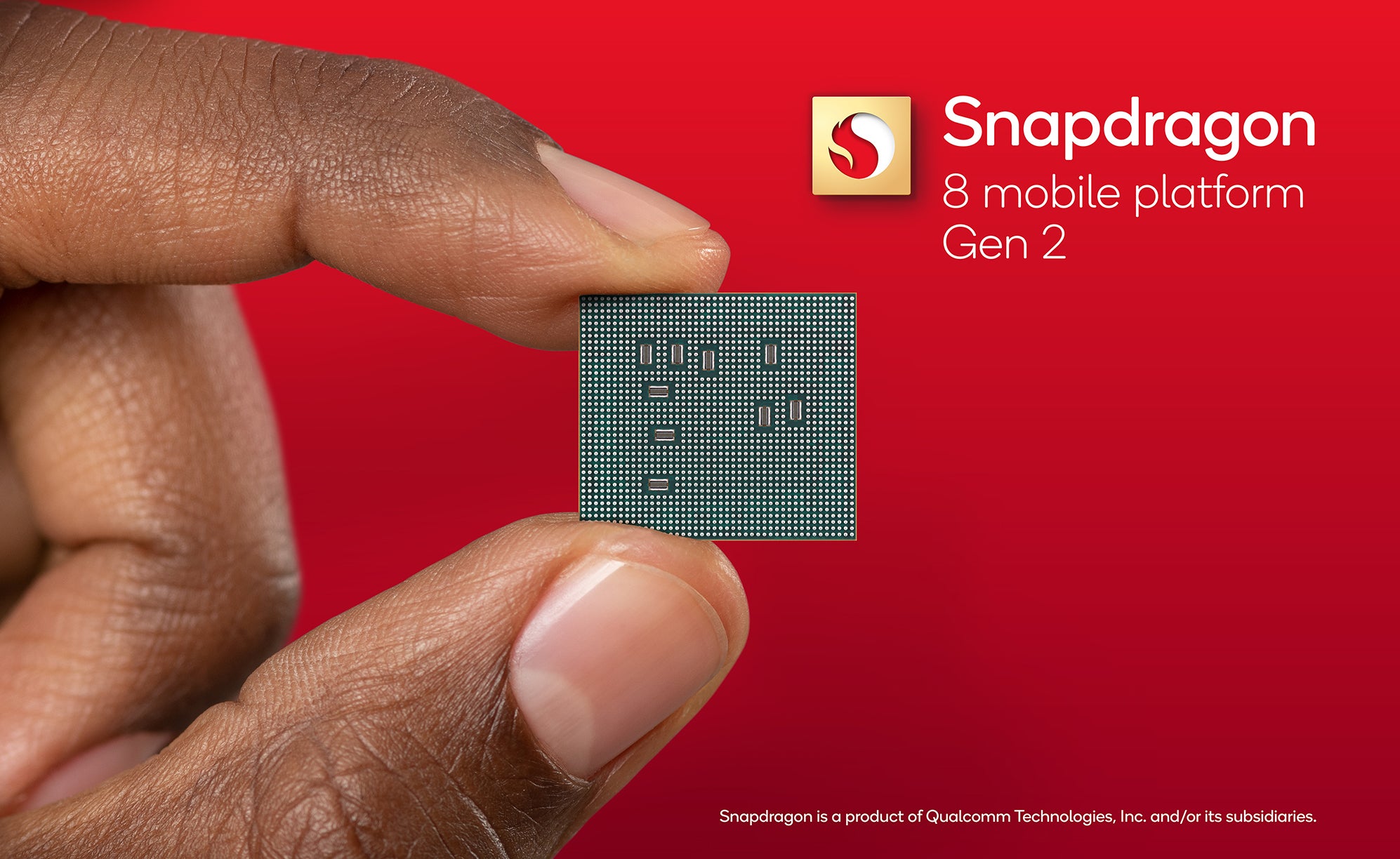OnePlus Pad vs iPad 10: Which tablet is better?
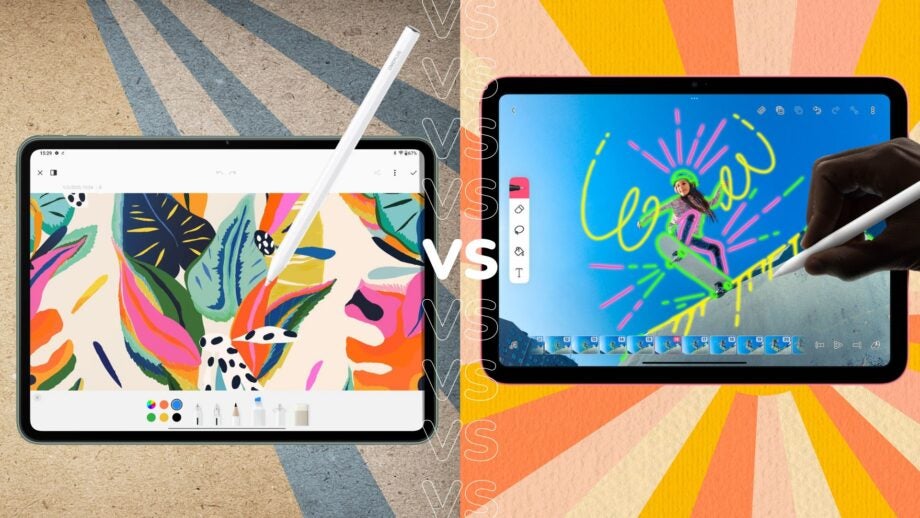
OnePlus launched a batch of new hardware at MWC 2023, including the OnePlus 11 Concept with a brand new cooling system, Active CryoFlux. The company also announced its first-ever tablet with the Oneplus Pad, which could be a new challenger to the entry-level iPad range.
OnePlus has not yet released the pricing information and release date for the OnePlus Pad, although we will be sure to update this article once we know more.
With that in mind, we’re going to be running through some of the key differences between the OnePlus Pad and the iPad 10th-generation, to see if OnePlus has a chance at dethroning the tablet king.
Apple Silicon vs Dimensity 9000
A few years ago, Apple famously moved over from Intel and started to use its own Apple Silicon chips inside its hardware. The iPad 10 comes packed with the A14 Bionic chip, which includes a 6-core CPU, 4-core GPU and a 16-core Neural Engine.
From our time with the iPad 10, we felt that it had some notable improvements over its predecessor and was perfectly capable of exporting video content.

The OnePlus Pad comes packed with the flagship Dimensity 9000 chip, packing 8 CPU cores. Until we test out the OnePlus Pad in full, we cannot make any clear comments on how powerful it is or how it compares to the iPad 10.
OnePlus pad has a higher refresh rate
The OnePlus Pad looks to have an impressive screen. It boasts a 144Hz refresh rate and a resolution of 2800×2000, with a quoted brightness of 500 nits and support for 10-bit true colour. The display itself is 11.61 inches and comes with a 7:5 ratio, which the company claims allows it to display almost the same area as a 12-inch screen.
This is the world’s first 7:5 tablet, according to the company, which it has dubbed RealFit. The ratio should help showcase more of the screen for a better view, making it more comfortable to watch media content and scroll through documents.
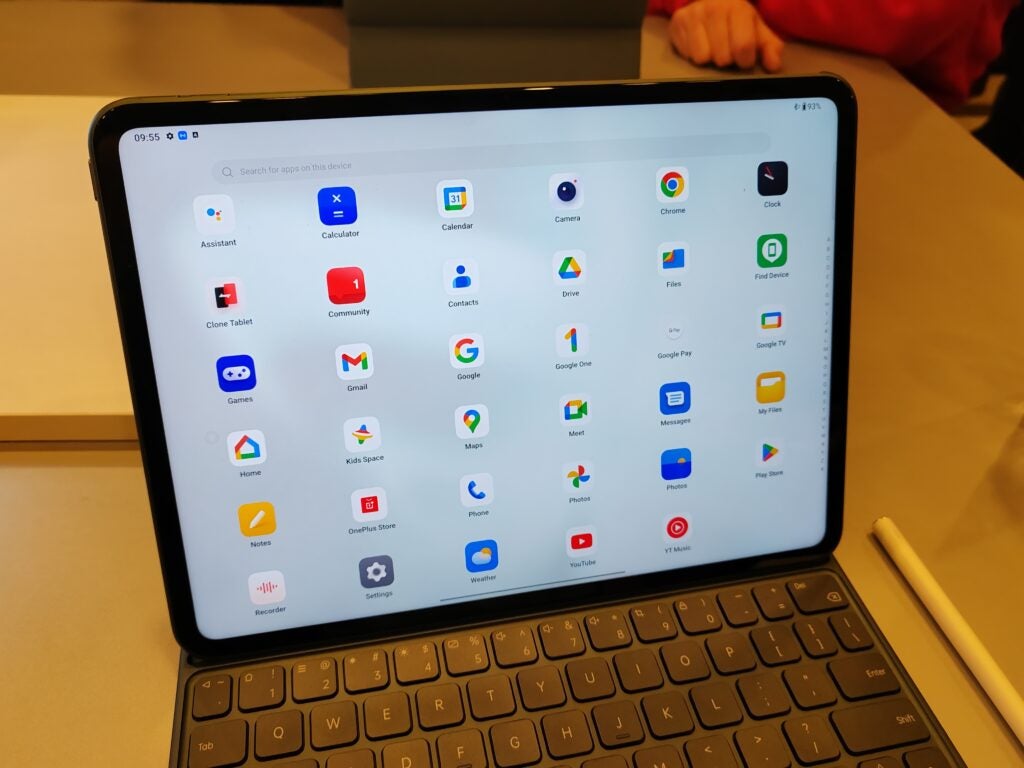
The iPad 10 features a 10.9-inch LED-backlit display with a 2360×1640 resolution, 60Hz refresh rate and a peak brightness of 500 nits. Since Apple reserved its ProMotion features for its high-end iPads, the iPad 10 will likely not feel as smooth to use as the OnePlus Pad.
It also has a lower resolution and screen size when compared to the OnePlus Pad, which may make it less alluring for those that want to watch media on their tablet or use it as a creative device.
One month standby on the OnePlus Pad
The OnePlus Pad packs a 9,510mAh battery that has 12.4 hours of video playback, according to the company.
The most interesting addition is the 1-month standby time offered by the tablet, which should make it a lot easier to take out on the go since it can be turned off and reused for multiple days, depending on what tasks and applications you’re engaging in.
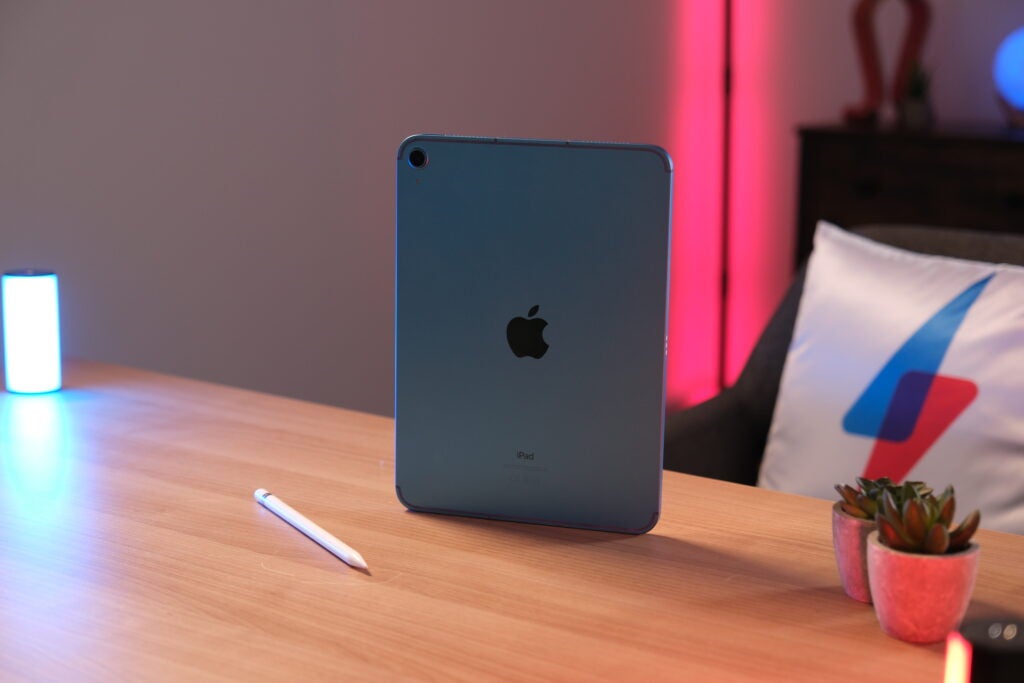
It supports OnePlus’s own SuperVOOC charging, which can charge the device up to full battery in 60 minutes. We will be sure to test these claims once we get the tablet in for a full review, but it looks like a promising device in terms of battery.
The iPad 10 comes with a 28.6-watt-hour battery, with Apple claiming that it can last for 10 hours overall. From our testing experience, we found that this number does hold up, suggesting that it won’t be able to last quite as long as the OnePlus Pad when used on the go without a charger.
OnePlus Pad comes with Dolby Atmos
OnePlus teamed up with Dobly to pack the OnePlus Pad with both Dolby Atmos and Dolby Vision. In a nutshell, Dolby Atmos is a surround sound technology developed by Dolby Laboratories, and it should be able to give the OnePlus Pro cinematic and more natural acoustics while playing audio.
Other than Dolby Atmos, the OnePlus Pad features the latest Omnibearing Sound Field technology. This should be amplified by four powerful speakers and deliver pronounced sound, no matter where it is placed.
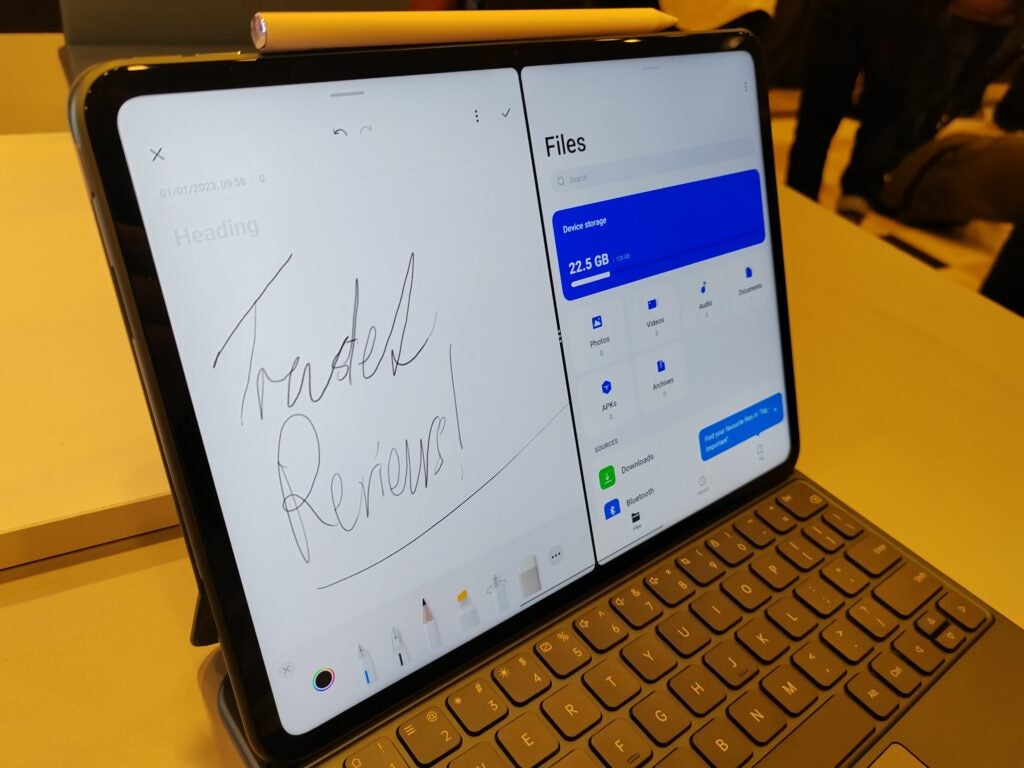
The iPad 10 has support for Dolby Atmos and it can be accessed through the system settings. The iPad is limited in this regard, as Dolby Atmos will only be accessible when paired with compatible speakers and headphones, such as the AirPods Pro, AirPods Max or Apple HomePod.
Assuming that the OnePlus Pad can utilise Dolby Atmos from its own speaker system, it should be able to provide a more nuanced and precise spatial audio experience than the iPad 10.


